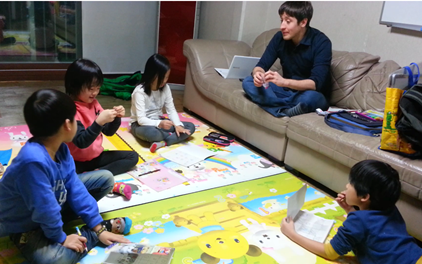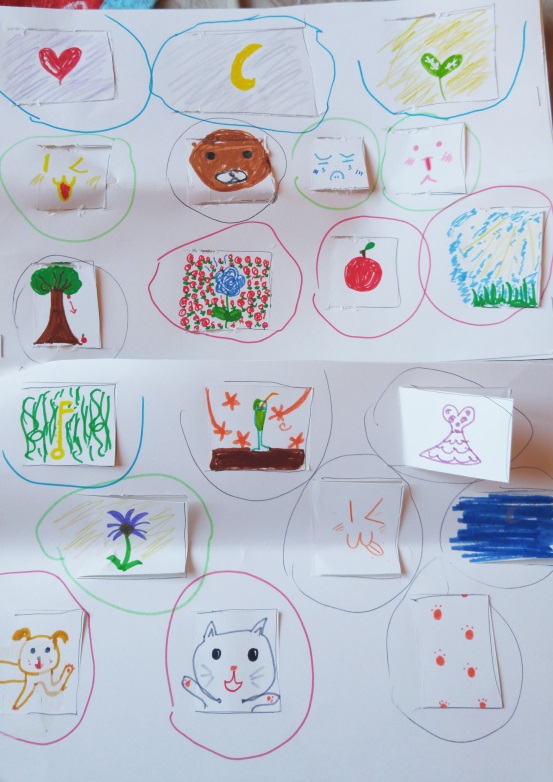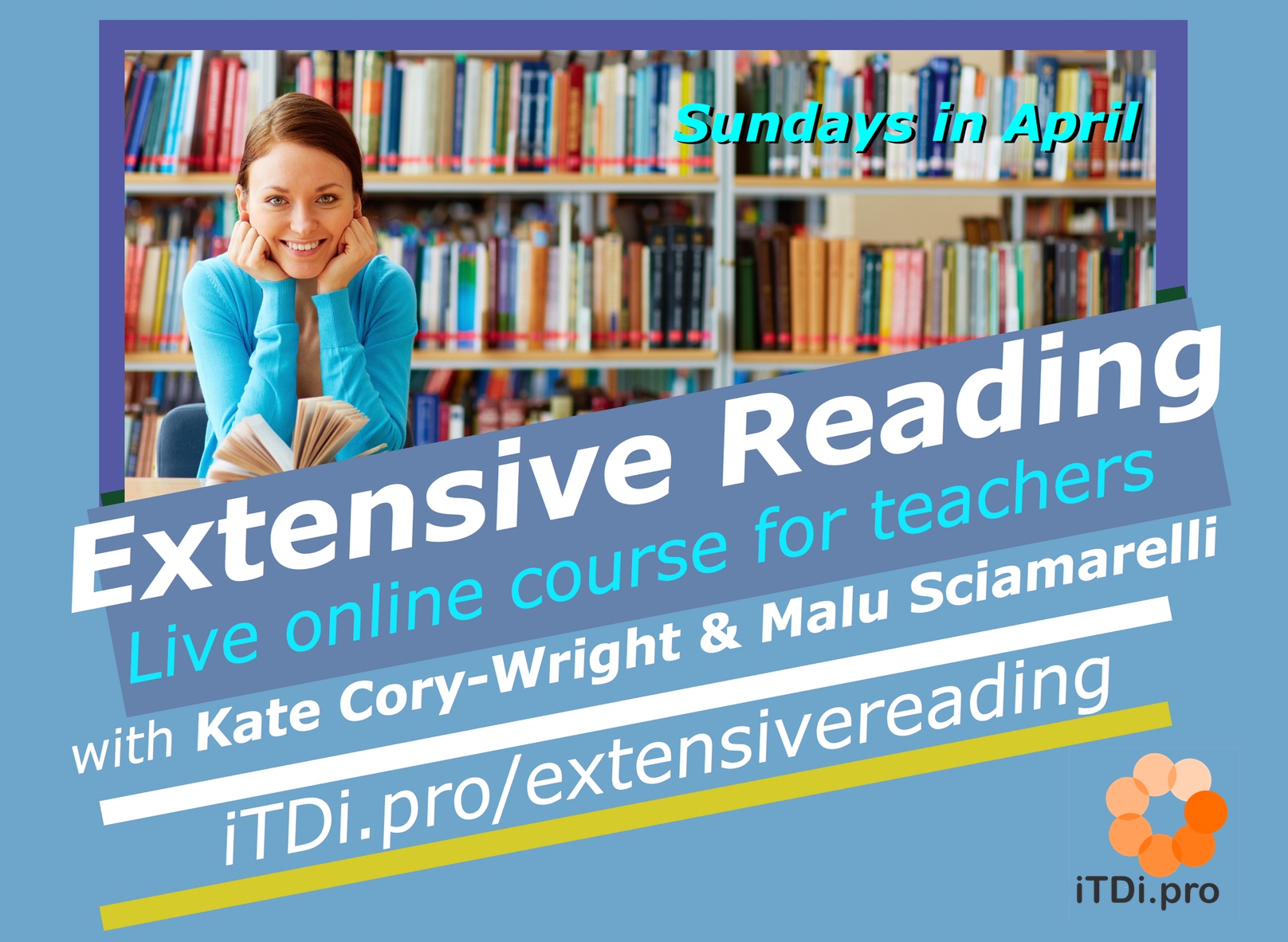
Extensive reading (ER) proponents suggest a teacher need only to ensure a wide selection of reading materials is available so that students can always choose something interesting and level-appropriate; then make sure students read these books with regularity (perhaps fifteen minutes a day), and the result is improvements in every area of language proficiency. No formal assessment is necessary, vocabulary learning is “incidental,” and maybe no extra language practice is required. ER is, you might say, an input approach to language learning. With that in mind, it feels almost sacrilegious to recommend that ER teachers employ follow-up, output activities, but I believe these have benefits, particularly for teachers interested in students’ creative expression and critical thinking.
The case for follow-up activities in ER classes
To begin with, I’d like to note the following, pro-follow-up activity arguments from the research literature on ER; these are arguments that have shaped my own perspective and practice:
* While ER done right should always be interesting to students, students are more likely to find it uninteresting if there are no activities to encourage participation.
* ER provides content for discussion and artistic expression, and in return discussions and art activities related to texts promote active engagement with those texts.
* ER itself can be a solitary activity, until you use a collaborative follow-up; then, it becomes a social activity with all the benefits in terms of motivation and language acquisition that come with social interaction.
These arguments are subject to caveats, but they’re certainly worth considering. So, I present some examples from my work with very young, beginner-level Korean EFL students for the perusal of readers.
Follow-up activities for fun and deeper engagement
“Critical” activities:
In a small, ER-centered kids’ class of our own, my partner-teacher and I had students read their storybooks to the class and invited the audience to raise questions. We supported this by teaching vocabulary and grammar needed to form English-language questions. We were happy to note that students’ questions were often open enough to be discussed: “Why is (character) not in this picture?”, and “How did (character) feel in this picture?” We encouraged students to discuss their own questions amongst themselves, offering support by teaching specific phrases for discussion (“What do you think?” etc.).

At times, we asked students to give opinions about books rather than questions; this sometimes lead to spontaneous discussions (partially in English!) when students disagreed. At other times, we encouraged students to role play characters from the books to critically engage with the story. For instance, we had students play the mother and father characters from Anthony Browne’s Piggybook to negotiate the roles of the parents in the household. Despite their age and level, students engaged with this activity energetically using helpful vocabulary taken straight out of the book that they were discussing.
Even though we played a guiding, supportive role in shaping these activities, we both felt that giving responsibility for deciding what was worth talking about to the students was a good way to maintain the student autonomy that ER is so great for, while also encouraging students to engage in critical literacy.
“Creative” activities:
In the same class, we also tried out a few creative and artistic activities based on the books that our students were extensively reading. As homework, we asked students to either produce a piece of art, create a new story/comic, or make a board game (example below) based on the language and/or story content of their book.

To feedback on this homework, we invited students to present their art, tell their story, or in case of a board game simply play it right there in class. This gave students a chance to engage with each other’s books and practice the books’ language content in a creative and fun way. This meant yielding a lot of territory to the students (it took at least half the class time to explore everyone’s homework), but we were happy to do so, as it gelled nicely with the autonomous spirit of ER.
Students, for their part, seemed to love making games, art, and stories; when time came to ask them if they wanted to continue making art and games as homework, they all said yes. Moreover, and importantly for us, they used a lot of English to make their creations – English that usually came from the books they were reading.
And so…
I confess I love ER for its “students choose” philosophy. I also happen to value critical thinking and creativity for promoting students’ development and motivation to learn. I believe that ER can provide the basis for these things when combined with enjoyable and well-supported follow-up activities, and I hope my experiences might be of interest or use to other English teachers. Whether you try out anything I’ve described or something completely different in your ER class, good luck, and keep exploring.


